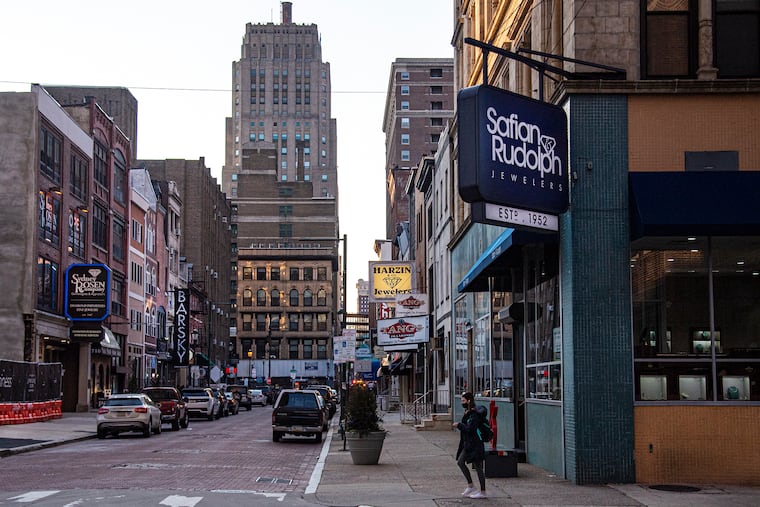Why so many jewelry shops are located together in Jewelers Row
“These are family businesses; they are closely held; they are focused on quality,” a Drexel professor said. “That’s a competitive advantage for them.”

“These are family businesses; they are closely held; they are focused on quality,” a Drexel professor said. “That’s a competitive advantage for them.”
